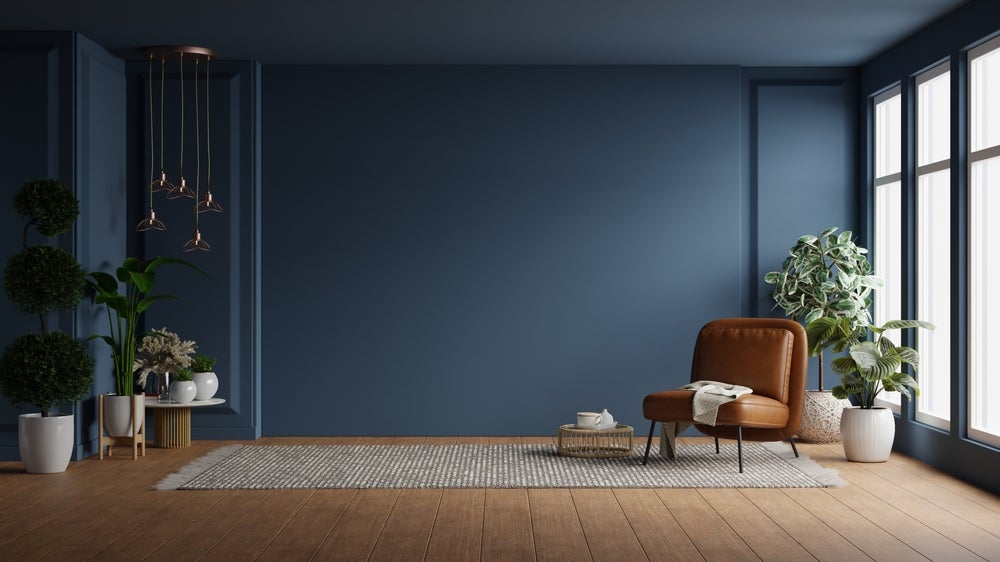Many young consumers are now rejecting the push from influencers and marketers to unconsciously overconsume.
‘Underconsumption core’, ‘deinfluencing’, and ‘normal consumption’ are some of the hashtags currently trending on social media, particularly TikTok, that represent consumers biting back against the abundance of products shown on their feeds.
The top-liked deinfluencing video on TikTok has 6.2 million views, 902,500 likes, and 4,382 comments at the time of writing.
Some argue such videos simply reflect what ‘normal’ consumers can afford and the trend is ignorant to this, glamorising a choice to not overconsume when this is the everyday reality for many consumers, especially as prices have been inflated globally.
However, there are some interesting elements to this trend that retailers need to be aware of if it is to continue.
Underconsumption is being portrayed on social media as many different things; buying more sustainable items, only buying items once you have finished another (this particularly applies to health and beauty products), buying higher-quality items less often, deinfluencing, whereby people only recommend products that are worth the money and are honest about those that are not, or cutting back altogether due to the overwhelming feeling of having too many items.
The final element of generally cutting back, however, has not purely come from a rejection of consumerism but is also fuelled by the persistently high cost of living.
Although this may be the case, it is unlikely that the trend will disappear altogether when consumers feel financially better off due to the other topics the trend plays into – sustainability, minimalism, and a heightened awareness that it is not normal for consumers to have the volume of items influencers showcase, because of the number of items they get for free.
If the underconsumption trend continues, what can retailers do about it? A rejection of overconsumption is clearly not beneficial for retailers but there are ways they can play into it.
Firstly, by focusing on marketing the versatility of items, through campaigns that focus on messaging such as how to style one item for a multitude of occasions or encouraging rewearing items, tapping into the capsule wardrobe trend.
Retailers can also focus on enhancing and promoting the quality of their items. Smaller ranges of better-quality items may be the way forward for many retailers, riding the buying-for-longevity aspect of underconsumption.
For health and beauty players, the focus will need to be on refillable items or schemes that promote returning finished products for new ones or store credit, which simultaneously encourages brand loyalty.
Retailers that are particularly exposed to this trend are those whose model is entirely based on one type of product, reinvented in different colours or styles, in order to attract multiple purchases of items.
For instance, Stanley thermal drinking cups have become a major trend item in 2024, with consumers purchasing cups in different colours to match different seasons and clothing.
This kind of consumption will be rejected by those attempting to consume more mindfully.
The same could apply to retailers such as adidas, whose current success is largely based upon consumers purchasing different colourways of its casual trainer styles such as the Gazelle and Samba trainers.
Consumers looking to underconsume will focus on styles and colours that go with all outfits, reducing their purchase frequency as they devalue the need to own each new iteration.
Although underconsumption is in direct opposition to the recent success of retailers Shein and Temu, its popularity on social media platforms, the backdrop of sticky inflation, and increasing awareness of sustainability are exacerbating the desire for less stuff.
This suggests a rising mood among consumers that retailers need to strategise around.





